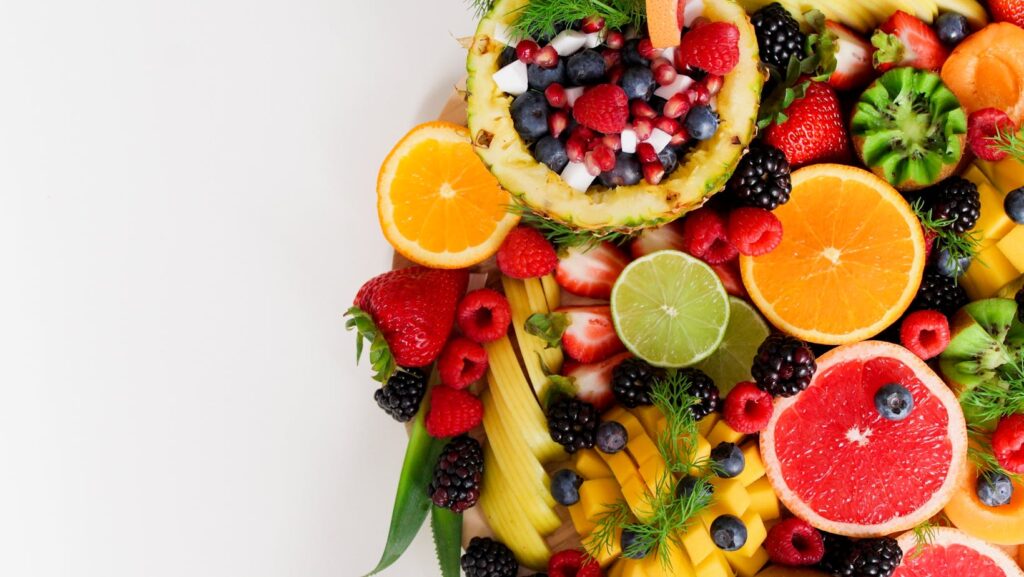If you’re a foodie with a keen interest in what’s hot and what’s not in the culinary world, you’re in the right place. This article is a sneak peek into the future, specifically the food trends that are set to take center stage in 2023.
From plant-based revolution to the rise of tech-enhanced dining, we’ll delve into the flavors, ingredients, and dining experiences that’ll shape our plates and palates in the coming year. Whether you’re a home cook looking for inspiration or a restaurateur staying ahead of the curve, the 2023 food trends are sure to spark your interest.
2023 Food Trends
Taking a peek into the future of food, one might notice a surge of plant-centric trends. Heavily influenced by environmental and health concerns, individuals across the globe will lean more towards plant-based diets. An anticipated 20% increase in plant-based food consumption exemplifies this trend.
Embracing technology in culinary world becomes inevitable. By 2023, it’s anticipated that the use of smartphone applications for menu customization, ordering, and payment systems will increase by 26%. This digital integration not only enhances dining experiences but also simplifies operational tasks for establishments.
As for flavors and ingredients, 2023 brings on board diverse, bold, and global taste profiles. Spice innovation, with a 32% increase in the use of unique spices like sumac and za’atar, paves the way for climactic culinary adventures. Simultaneously, the addition of functional ingredients, like the anti-inflammatory turmeric, is on the rise with a hike of 18%.

Health-Conscious Eating
In following the 2023 food trends, health-conscious eating takes center stage. This shift towards healthier options manifests itself in two dominant sub-trends: plant-based alternatives and sugar reduction innovations.
Plant-Based Alternatives
Plant-based alternatives continue to gain popularity as a healthier choice. Embracing this trend, manufacturers focus on creating products with familiar texture and flavor, improving the overall plant-based eating experience. A prime example of this development is the success of plant-based “meats,” particularly enjoyed in classic dishes such as burgers and tacos. Furthermore, other food staples aren’t spared from this trend: eggs and dairy products start seeing plant-based substitutes that provide the same nutritional value without the associated health risks of their traditional counterparts.
Sugar Reduction Innovations
Simultaneously, sugar reduction innovations sweep the food industry. Evidence points towards the damaging effects of excessive sugar intake, prompting consumers to seek alternatives. Technological advancements, such as the development of natural sweeteners like stevia and monk fruit, allow for the creation of low-sugar products without compromising on taste. This trend isn’t confined to parenthetical sweet treats; it includes staples like yogurts and cereals that can often hide excessive amounts of sugar. In 2023, anticipate seeing more low-sugar, no added sugar, and sugar-free labels on your supermarket shelves as manufacturers respond to consumers’ demand for health-conscious food choices.

Sustainability and Ethical Choices
Moving on from the focus on health-conscious eating and technological integration, another influential factor shaping food trends of 2023 includes sustainability and ethical choices. These trends largely relate to two key areas: locally sourced foods and eco-friendly packaging.
Locally Sourced Foods
Emphasizing proximity and freshness, consumers increasingly endeavor to reduce their carbon footprint by supporting local producers. Locally sourced foods also provide a plethora of benefits such as ensuring freshness, bolstering local economies, and aiding in the reduction of greenhouse gas emissions caused by long-haul transportation. For instance, a consumer purchasing apples grown in a local orchard rather than imported ones aids in preserving their community’s agricultural landscape and reducing environmental impact.
Eco-Friendly Packaging
Parallel to eco-conscious food choices, the food industry witnesses a surge in demand for eco-friendly packaging. This trend aligns with an overarching goal of reducing single-use plastics and embracing materials that are recyclable, reusable, or compostable. For example, increasingly, supermarkets offer produce in paper bags rather than plastic. One could also see restaurants utilizing plant-based packaging or biodegradable containers instead of conventional plastic ones. This shift towards sustainable packaging, combined with the consuming public’s increasing awareness of environmental concerns, solidifies this trend’s place in 2023’s foodscape.
These trends are not just about changing what’s on our plates but also how we produce and consume food. It’s clear that the future of food is here, and it’s as exciting as it is diverse.
